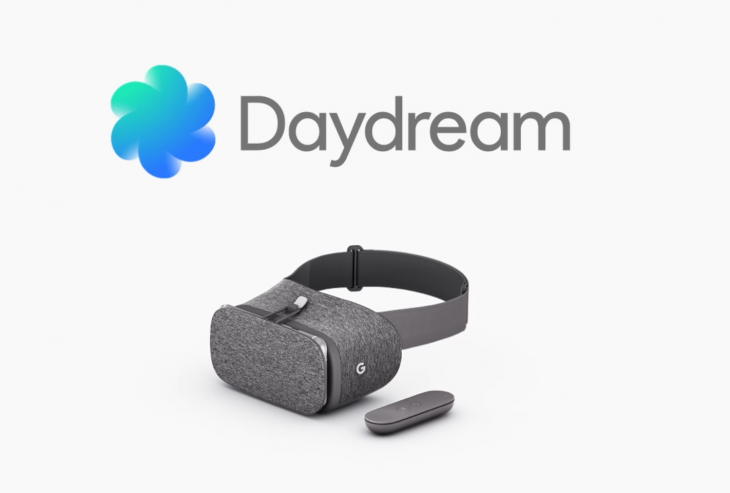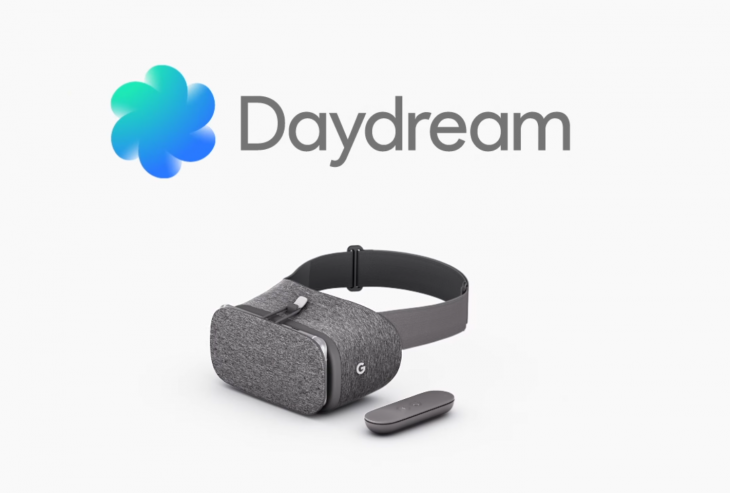
We’ve just seen the back of Mobile World Congress 2017. The Ausdroid team is back (or about to be) in the country so we’re in a bit of a re-cap mode here and if you’re a Google Daydream fan then this show sucked.
There were a lot of phones announced at Mobile World Congress. True we didn’t have Samsung announcing their Galaxy S8 (or S8 Plus) at the show, but there was Sony, LG, Huawei, TCL (Blackberry) and newcomer HMD showing off their flagships, and the mid to low end also got a look in from manufacturers like Motorola, Alcatel and General Mobile – but their phones all came with LCD panels.
Seriously, look at this list:
- Sony Xperia XZ Premium – IPS LCD
- Sony Xperia XA1/Xperia XA1 Ultra – IPS LCD
- LG G6 – IPS LCD
- Huawei P10 – PS-NEO LCD
- Blackberry KeyONE – IPS LCD
- Moto G5/Moto G5 Plus – IPS LCD
- Alcatel A5 LED/U5/A3 – IPS LCD
- General Mobile GM6 – IPS LCD
- Nokia 6,Nokia 5, Nokia 3 – IPS LCD
- ZTE Blade V8 Mini/ZTE Blade V8 Lite – IPS LCD
While Google doesn’t specify that you have to have an AMOLED screen in their Android Compatibility Definition Document, it points that way. The factors that preclude the use of LCD come down to the latency and persistence that screens must adhere to and they essentially boil down to needing an AMOLED screen. The factors are:
- The display MUST update at least 60 Hz while in VR Mode.
- The display latency on Gray-to-Gray, White-to-Black, and Black-to-White switching time
MUST be ≤ 3 ms. - The display MUST support a low-persistence mode with ≤5 ms persistence,persistence
being defined as the amount of time for which a pixel is emitting light.
If you need a cheaper display or like more natural colours then IPS LCD can offer some benefits. If on the other hand you need a screen that’s more responsive, shows deeper blacks and is thinner then AMOLED is your screen.
At least some of the manufacturers who launched phones at MWC have used AMOLED displays in the past. The ZTE Axon 7 was present at the ZTE booth showing off Daydream, so there was at least a presence at MWC. In contrast to MWC, at CES two Daydream compatible phones were announce with Huawei launching the Zenfone AR, both of which are Daydream certified. The launch of these two phones proves there’s still life left in Daydream even if MWC was a bit light on for Daydream compatible devices.
The upcoming Galaxy S8 is also a potential shining light on the horizon with Samsungs well known love affair with Super AMOLED displays – they do make them after all. Though it does beg the question of whether Samsung would even submit the Galaxy S8 for Daydream certification given it’s almost a direct competitor for the Gear VR.
While there’s a lot of great phones announced, the G6 looks sexy, the P10 is going to be killer and the Sony XZ Premium’s slow motion camera sounds awesome, but there’s not a Daydream phone among them and for me – that meant MWC kinda sucked.





I wouldn’t buy an IPS LCD phone even without Daydream, mainly because I like reading at night and the difference in blacks between AMOLED and LCD (and resulting battery usage) is night and day, so to speak. Same goes for tablets or watches.
I find myself in two minds. Daydream is good, but it’s Google’s drive. Other manufacturers mightn’t see the value, or even want to go down the path. VR isn’t really the killer app for mobile, and for the moment at least, use remains mostly an edge case. Is it a case of build it and they will come? Or is it something that even building won’t fix?
I have to agree with you there Dan. I really like the G6 and can forgive the lack of wireless charging and Quad DAC in Australia (if that’s the case), but for a flagship to launch in 2017 without Daydream functionality, well that just shouldn’t happen.